The Oriental fire-bellied toad
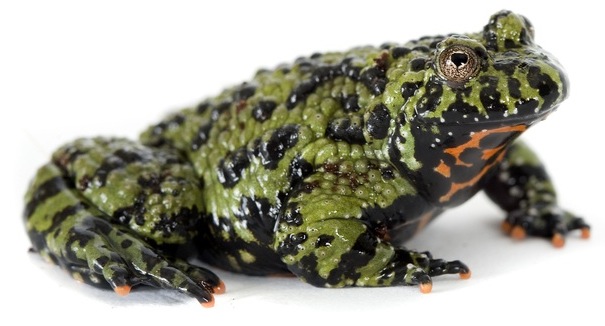
If you are looking for an attractive amphibian that is easy to look after and can become surprisingly tame, ready to take food from your hand, then why not consider these colourful toads?
There are now reckoned to be eight species of fire-bellied toad, grouped in the genus Bombina, of which the best-known is the Oriental fire-bellied toad (B. orientalis). It grows to about 6cm (2.5in) long, and ranges from Korea northwards to parts of Russia and north-east China.
Oriental fire-bellied toads are widely bred, and occur in two different colour variants. The traditional form, sometimes described as the Korean, has mainly lime green upperparts, broken with variable black patterning. This creates an attractive contrast with the individual fiery orange markings on the underparts.
There is another distinctive type though, which originates from further north. These individuals, which have brown rather than green colouration, are often referred to as Russian or “golden” fire-bellied toads. Nevertheless, there is some variation between these two extremes, and you can sometimes see individuals that have areas of both green and brown colouration on their bodies.
Protection
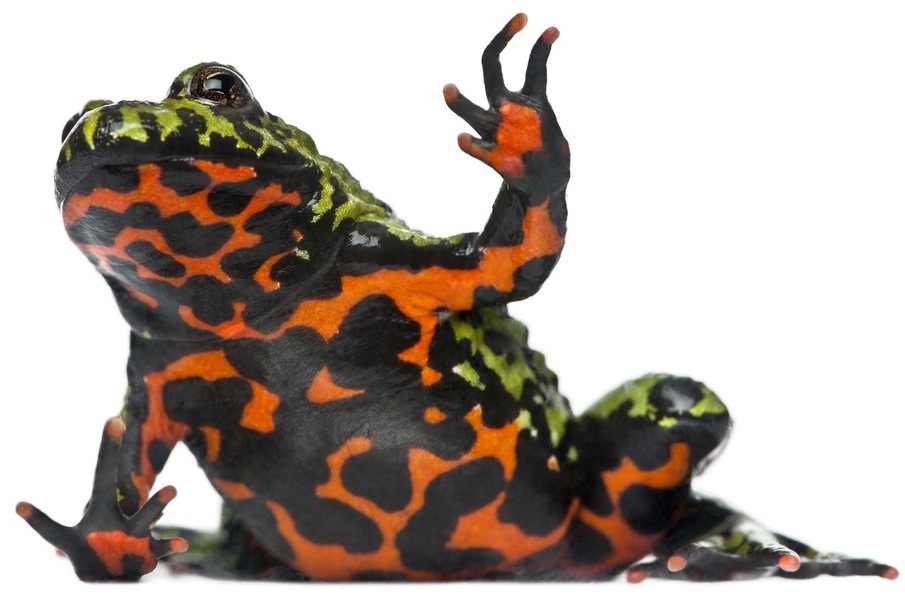
As with most things in nature that are conspicuous and brightly coloured, the orange underparts of these toads serve as a warning. In common with many amphibians, fire-bellied toads have skin toxins that help to protect them from predators.
When threatened, fire-bellied toads adopt a very distinctive posture, called the ‘unken reflex’ which is derived from their German name of unke. The toad flips over on to its back, arching and contorting its body to emphasise the bright colouration on its belly. It swallows more air, which will inflate its body, causing it to appear larger, while at the same time, it releases toxins from glands over its body, which give it a foul taste.
Lifestyle
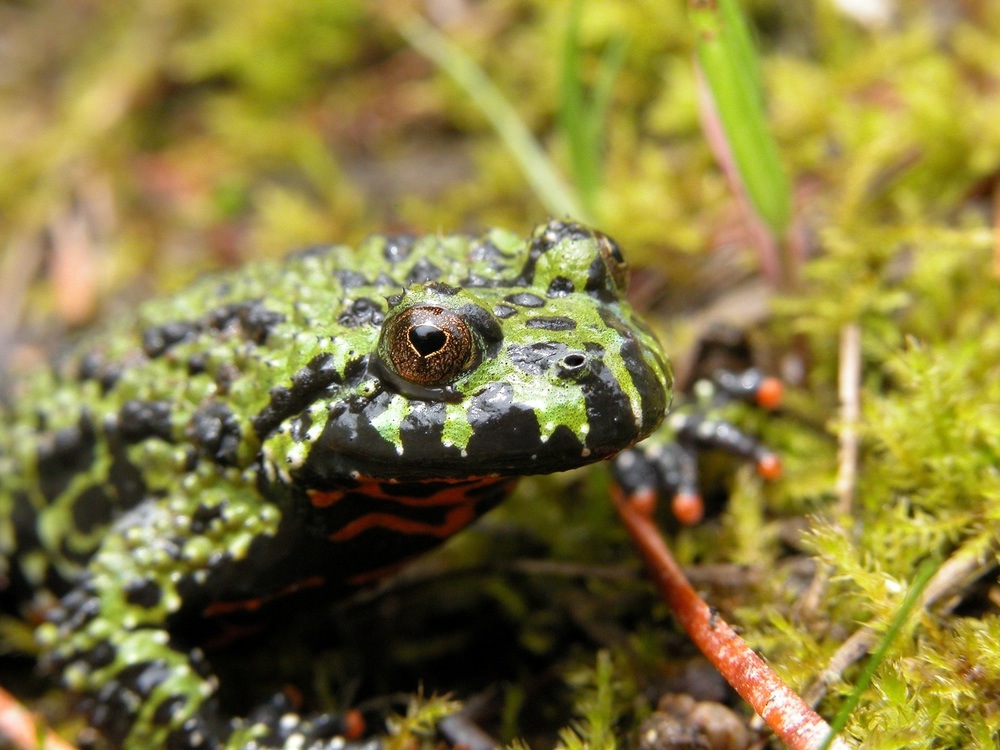
These toads are found in relatively shallow stretches of water, and are quite opportunistic in their habits. They readily colonise and breed in artificial areas of water, such as paddy fields, and may even spawn occasionally in puddles, although they prefer larger areas of standing water, including ditches.
In northern parts of their range, they may hibernate in streams, although more commonly, they seek out piles of leaves or retreat under tree roots for this purpose, often congregating in groups in suitable localities of this type.
 Toad or frog?
Toad or frog? Although popularly described as toads, thanks to the warty appearance of their skin, these amphibians are not actually toads in a strict zoological sense, as they do not belong to the toad family Bufonidae. Instead, they form a separate family - the Bombinatoridae - along with two little-known species of jungle toad (Barbourula species) occurring on Borneo and in the Philippines.
Housing
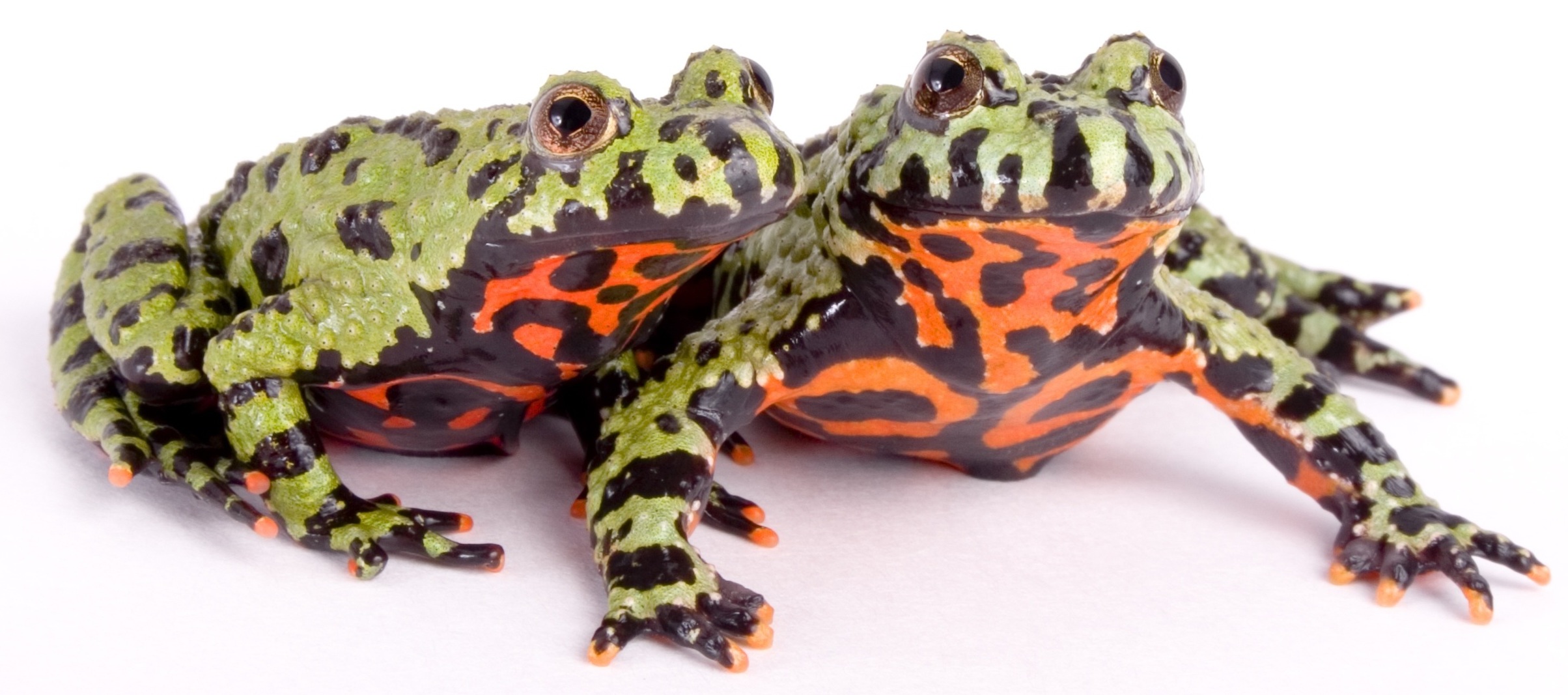
Oriental fire-bellied toads can be kept together in small groups, and require an aqua-terrarium, which offers them space to swim and an area of dry land. When resting in the water, they adopt quite a characteristic pose, lying at the surface, with their legs extended. There are various designs of set-up that you can use, but it is important that the enclosure is covered with a ventilated hood. Even if they cannot jump out, fire-bellied toads can climb well, even up the sides of a glass tank, clambering up at a corner.
Avoid the specific fire-bellied toad enclosures that are sometimes offered for sale, as these are too small for these active amphibians. One of the specially designed vivariums that are now available, allowing for a light on the top of the unit is the best option, although a converted aquarium is another possibility.
You need to partition the enclosure so that it provides an area of dry land. While you can simply use rocks for this purpose, it will be better to create a proper partition, held in place using special silicone aquarium sealant. Avoid ordinary household sealants sold in d.i.y. outlets though, as these contain other chemicals that may prove toxic for the toads. Fire-bellied toads do not require a large depth of water, and so the partition only needs to be about 15cm (6in) in height.
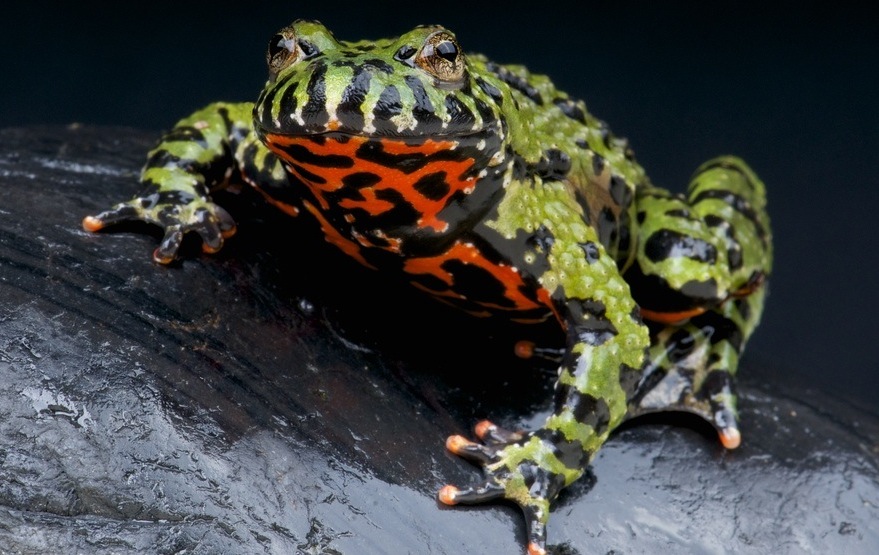
The base of the aquatic side of their enclosure does not need any substrate, although if you want to add clean coarse aquatic gravel here, that will create a more naturalistic appearance. Wash it thoroughly first in a sieve or colander under a running tap though, until the water is running clean. Otherwise, the tank will be murky, with a scum on the surface.
A plain base will be easier to keep clean, but an advantage of using gravel, however, is that you can slope it so that there is a shallower area too. It will be hard to establish any plants in the aquatic side of their enclosure, because these will tend to be uprooted by the swimming actions of the toads. Floating plants such as Elodea are useful though, especially when spawning time approaches.
The dry side of the enclosure can consist of lightweight polystyrene blocks, cut to fill the space, leaving a gap of about 2.5cm (1in) at the top. Other options, such as gravel or sand would be much heavier. Place a layer of plastic on top of these blocks, and then add some damp compost on top, before covering this area with fresh sphagnum moss.
 Did you know?
Did you know? You are likely to end up with better-quality, fresher moss by buying this from specialist suppliers on eBay, rather than from garden centres and similar outlets where it may have been kept in bags for months before you buy it.
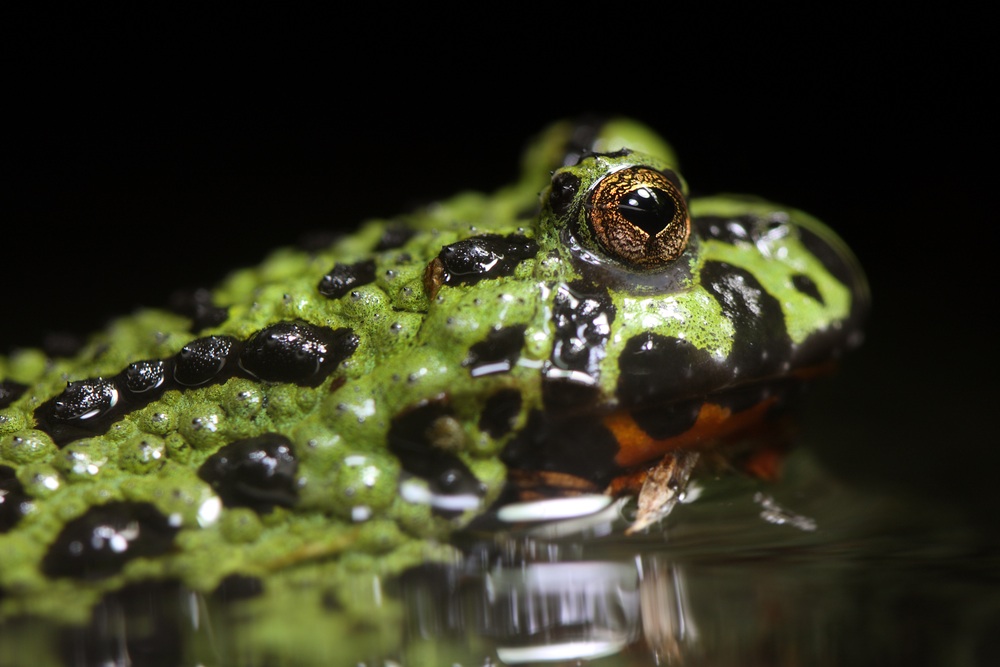
There is no need to incorporate other plants into this set-up, but do offer a couple of small reptile hides, where the toads can hide away if they wish when they are on land. It is also important to cover the top of the partition, to avoid any risk of injury to their sensitive skin as they move back and forth into the water.
In addition, you need to provide an easy route back on to land, from the aquatic side. This can be best achieved by using a suitable piece of stone placed alongside the partition. You should be able to find a good choice of different rocks available at your local aquarium shop. You simply need to scrub it off thoroughly with a clean brush, before placing it in the water.
 Remember!
Remember! As always with amphibians, use a specialist water conditioning product such as Zoo Med’s ReptiSafe® that will neutralise the chlorine-based products added to tapwater that can represent a danger to their health. This also applies to water used for spraying the moss.
Heating and lighting
The water temperature itself should be around 18-25°C (64-77°F), so heating is often not necessary in the home. The temperature can fall back slightly during the winter, and should be higher during the summer, mimicking what happens naturally in the wild. This is important to encourage spawning.
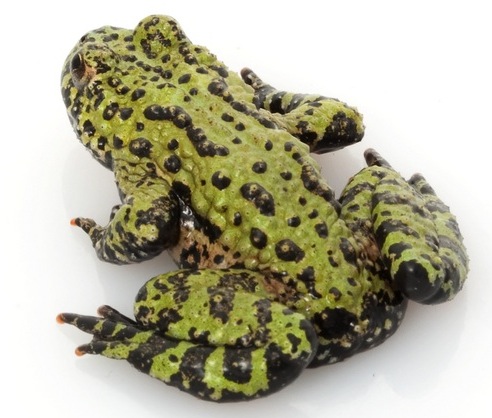
Fire-bellied toads are active during the day, and their quarters should incorporate suitable lighting, which will also reinforce the beauty of their natural colours. Arcadia’s Natural Sunlight T8 is ideal for use in this situation, providing ultraviolet B (UVB) wavelengths, at the relatively low levels (2%) that amphibians require.
UVB is a natural component of sunlight, and vital for the absorption of calcium into the body, as part of the Vitamin D cycle. You can obtain these lamps in various lengths, corresponding to that of your vivarium, along with reflectors that serve to direct the light down into the vivarium. The light should be located primarily over the land area here.
Obtaining your toads
Oriental fire-bellied toads are widely available from reptile shops. Choose individuals that look relatively plump and active, and those that are most brightly coloured. It is not always easy to sex them, but if you obtain a small group of four individuals, the likelihood is that you should have at least one true pair. Beware of any individuals that look thin, or are not able to move freely, as these are likely signs of ill health.
Feeding
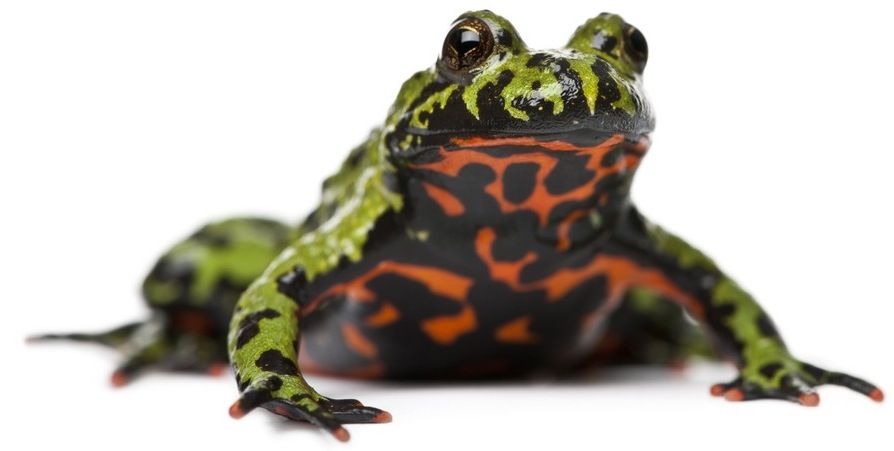
These toads have healthy appetites and will eat a wide range of invertebrates. They generally prefer worm-like creatures, such as small earthworms, mealworms and waxworms, but they will also eat crickets readily as well.
Only offer crickets in small numbers though, partly because they will tend to leap into the water and drown readily. Ideally, you want to tame your toads so they will take food from your fingers. This avoids polluting the water, and also ensures that you can see that all the toads are eating satisfactorily.
Use a special mealworm bowl, and sink this into the substrate, near the rock that gives access to the water. Although fire-bellied toads are happy hunting for food on land, they generally prefer to swallow it in the water, and they often leap back in here for this purpose.
Commercially-available livefoods should be gut-loaded if possible, and there is also a specially-formulated supplement, called Fire Belly Toad Dust, developed by Allen Repashy and marketed by T-Rex. This should be sprinkled over their food at every feed.
 Top tip
Top tip If you are hoping to persuade your toads to take food from your fingers, hold the mealworm or waxworm slightly away from their face, rather than up against their mouth. They seem to have a blind spot here, and need to focus on their food from further away, before seizing it.
Catching and handling
When you need to catch the toads, use a net as sold for catching aquarium fish. Scoop the toad out of the water, and place your hand over the net as you lift it out of the water to prevent it jumping out. Always wear disposable plastic gloves, not just to protect yourself from the frog’s toxins (although these are not a serious hazard) but also to ensure that if you do need to handle them, you will not damage their sensitive skin.
Breeding
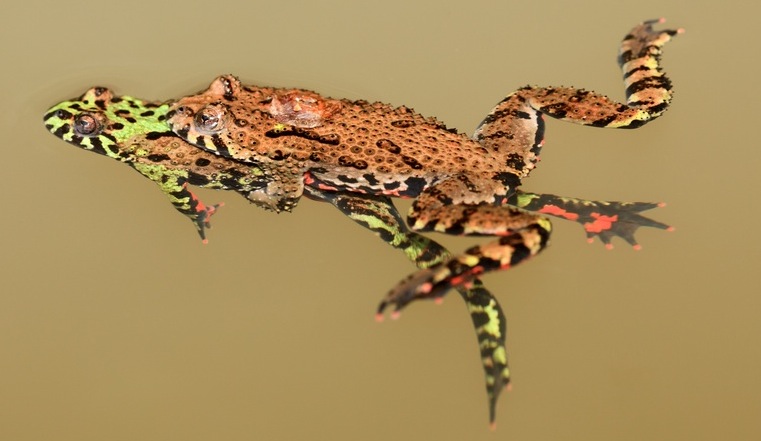
The onset of the spawning period will be marked by the males, who start uttering their distinctive calls. One of the key triggers for this behaviour in late spring appears to be sunlight, so if possible, switch the position of the toads’ enclosure so it will be nearer to a window, where it can catch the early morning rays of sunshine. Do take care to ensure that it is not left here all day though, because the temperature within could easily rise to a fatal level.
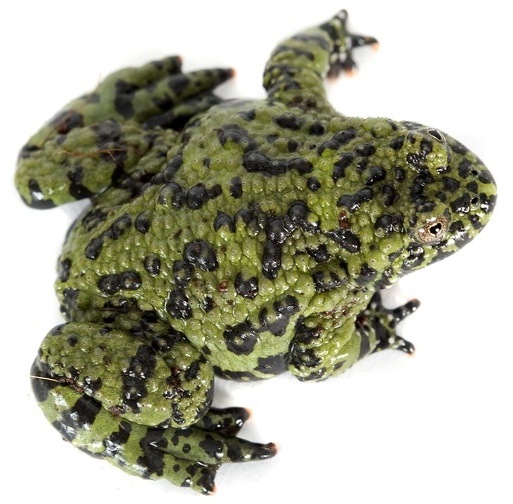
This is the stage at which the male’s so-called ‘nuptial pads’ will be clearly apparent, appearing as swellings on the inside of Female fire-bellied toadthe front feet. At this time of year, when seen from above, females appear more rotund as well, particularly as they start to swell up with eggs. Their skin may also look smoother, but this is a less reliable guide, in terms of sexing.
Fire-bellied toads are unusual, because when they are mating, they display ‘pelvic amplexus’, with the male grabbing the female behind her back legs rather than the front legs, as is more common in frogs and toads.
The spawn will be entwined around aquatic plants, and needs to be transferred to a separate aquatic set-up for hatching purpose. The water temperature here should be maintained around 25°C (77°F), with a heat pad under thermostatic control, rather than using an aquarium heaterstat.
Females may lay as many as 250 eggs during the summer period, typically in batches of up to 45 eggs at a time, so be prepared for regular spawning during this period.
Hatching and rearing
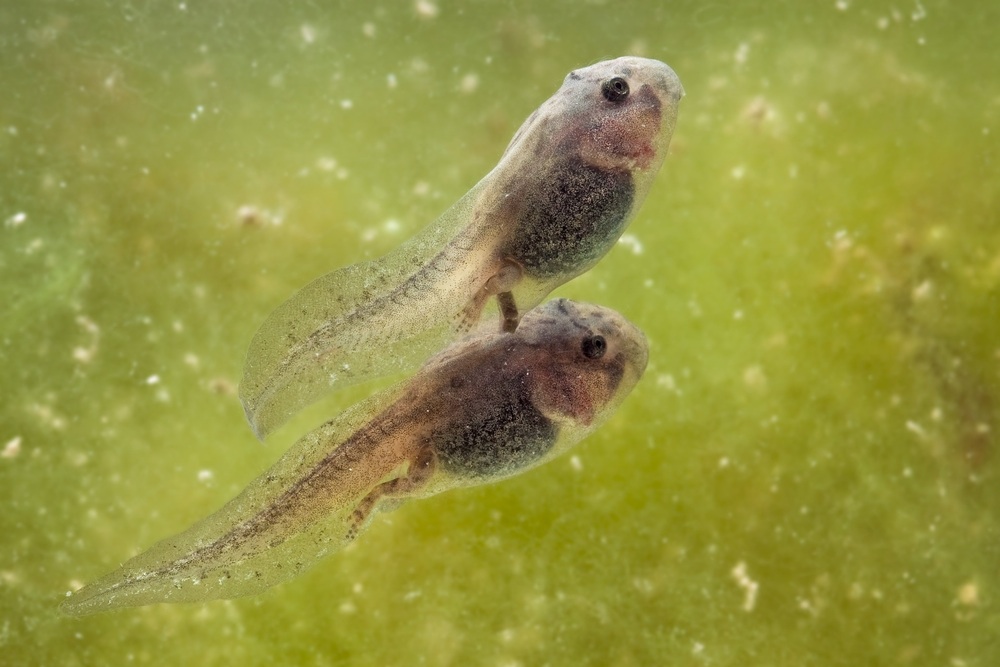
The young tadpoles should start to hatch after around five days, depending on the water temperature, and although at first, they will appear immobile, this is quite normal. They are digesting the remains of their yolk sacs at this stage, before they become free-swimming.
Rearing is generally very straightforward, with flaked fish food being useful for this purpose. Powder it first by rubbing it between your fingers. Choose a flake mix such as Nutrafin Max Colour Enhancing Flakes, which contain a natural colouring agent derived from red algae, or Tetra Pro Colour Premium Flake. This in turn should help to ensure that young toads display the same intense colouration on their underparts as their parents, once they metamorphose.
Whichever brand you choose, only buy a small tub as you will not need large amounts. In fact, it is vital not to overfeed the tadpoles, causing food to be left uneaten in their quarters. If this happens, the water quality will deteriorate rapidly, endangering their health.
Other amphibian-specific foods can be added to their diet as the tadpoles grow larger, such as bloodworm or daphnia from Tetra’s Delica range. These can be used straight from the packet and do not need to be refrigerated. Both are supplemented with vitamins and other nutrients too.
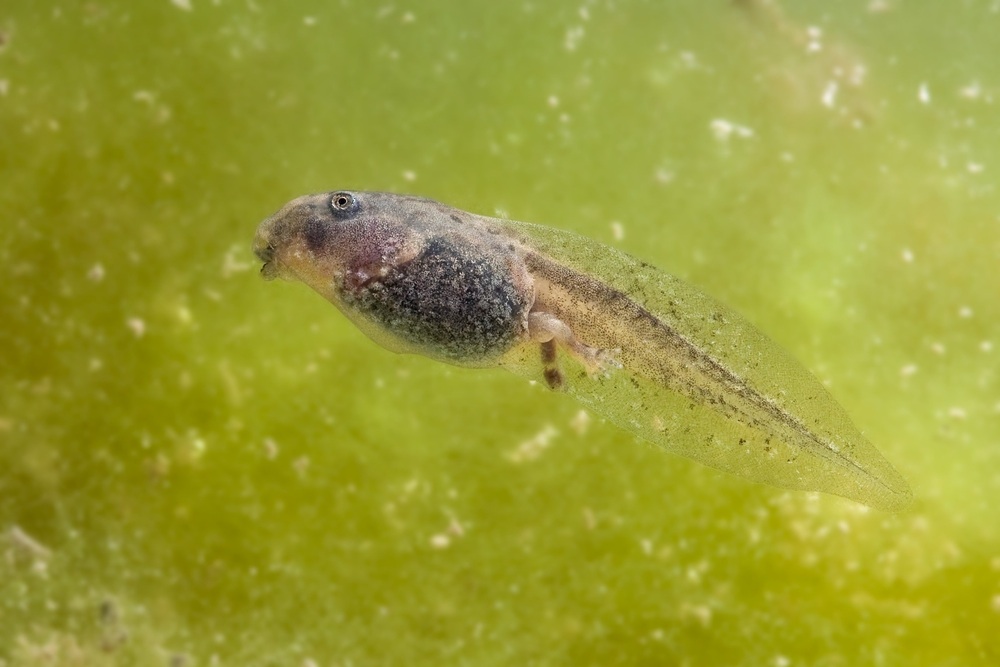
Be prepared to separate the tadpoles as they grow into smaller groups of similar size, so as to minimise the risk of any cannibalism. Carry out partial water changes regularly, using a test kit to keep a check on water quality, and ensure the replacement water is at the same temperature as well.
Emerging on to land
By the time that the tadpoles are about six weeks old or so, their hind legs will have started to emerge, followed by their front legs about five days later. This is the stage at which the water level will need to be lowered, to allow them to emerge on to land in due course, as they lose their gills and begin to breathe atmospheric air.
The simplest way to do this is to transfer them to an Exo Terra Faunarium - an acrylic unit with a hood. Stand one end on a block of wood, and partially fill the enclosure. Thanks to the gradual slope of the floor, so the young toadlets will be able to emerge out of the water here in due course. This land area should be covered with damp moss, to protect them from dehydration at this vulnerable stage, and keep the moss moist by regular spraying.
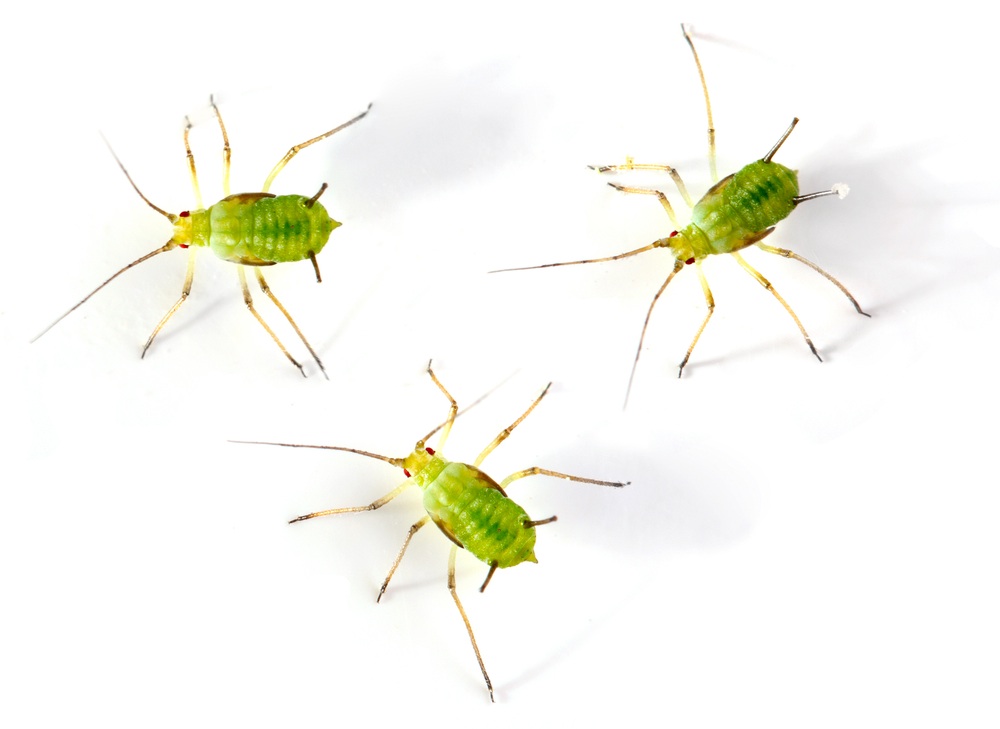
Once they have completed their metamorphosis, by about 12-14 weeks of age, the young toads will hunt for prey on land, with fruit flies being an ideal rearing food for them, although you will need to set up cultures in advance. They may continue to take bloodworm and daphnia, if this is accessible in a shallow container of water.
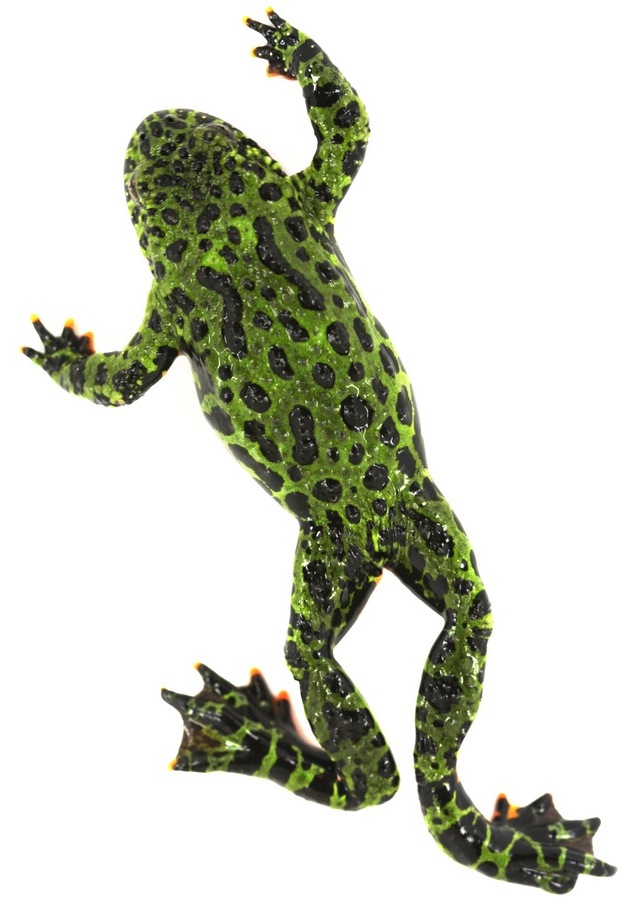
A varied diet is important. You might be able to collect some wild invertebrates too, if you have access to a garden, with aphids being a very valuable rearing food.
If any of the toads do not appear to be thriving, it may be necessary to feed them in small containers, to ensure they are finding food without difficulty. Hatchling (micro) crickets can also be provided, and should be sprinkled with a nutritional supplement. Do not neglect the lighting in the young toads’ enclosure either, allowing them to synthesise their own Vitamin D, helping to ensure they have a healthy skeletal structure.
Maturity and lifespan
With plentiful food, young fire-bellied toads can grow quite fast, and may be mature by a year old. There is no need to rush to pair them up though, because they have a surprisingly long lifespan, and can easily live for 12 years, and some individuals have been known to live into their twenties!